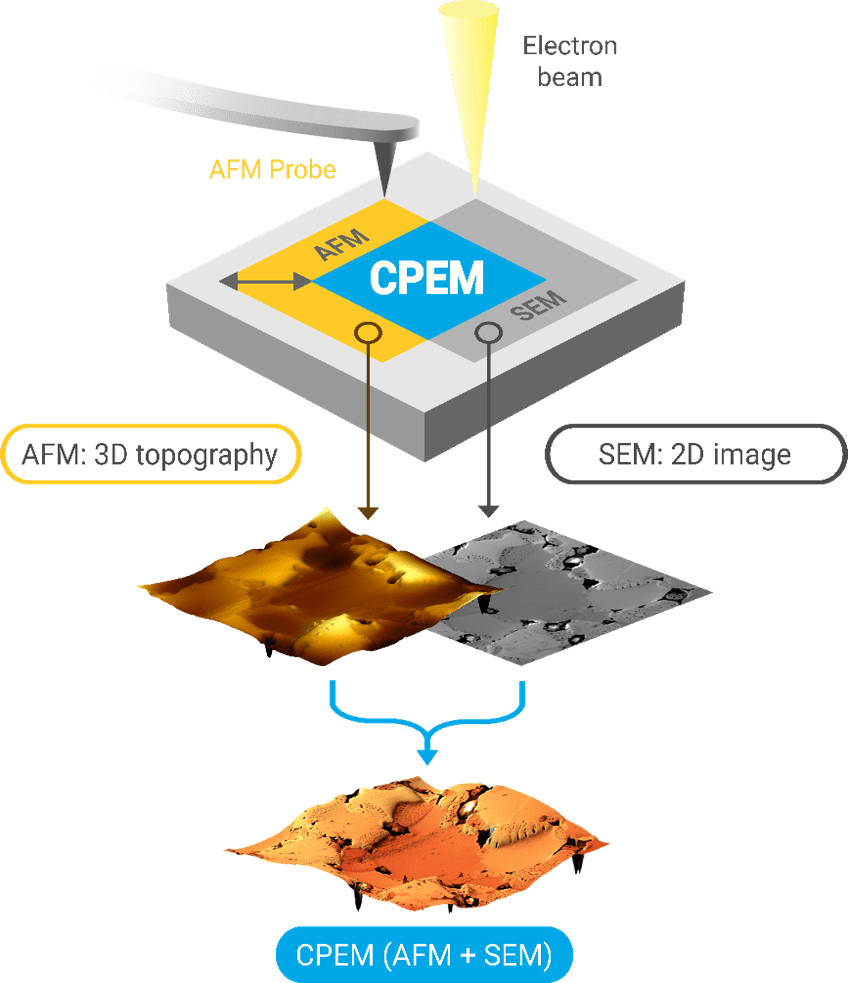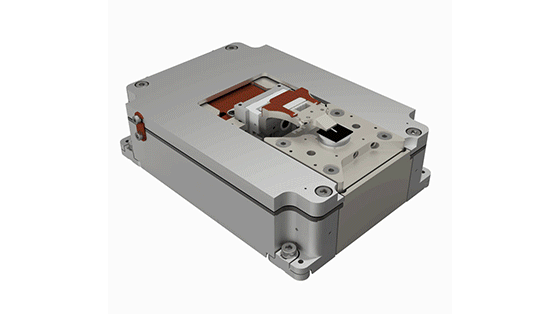Webinar Overview
The LiteScope is a new generation of “plug & play” atomic force microscopy (AFM) microscope that can be easily integrated into a scanning electron microscopy (SEM) system for correlative multimodal sample analysis. This microscope offers several unique features, making it an excellent tool for in situ sample characterisation and precise localisation of regions of interest.
Firstly, LiteScope offers correlative multimodal sample analysis by combining the high-resolution imaging capabilities of AFM (and 12 more related techniques) with the capabilities of SEM material analysis. This combination allows for a more comprehensive understanding of a sample’s properties, leading to better insights into its structure and behaviour.
Secondly, it enables in situ sample characterisation, allowing researchers to analyse samples using multiple microscopy-related techniques under carefully controlled conditions, e.g. temperature and humidity at almost the same time. This capability is crucial for research on oxidation-sensitive samples, where LiteScope avoids exposure of valuable samples to the atmosphere.
Finally, LiteScope provides precise localisation of the region of interest, enabling researchers to target specific areas of a sample with high accuracy. This user-friendly feature is ideal for analysing complex samples, where it can be difficult to isolate specific regions of interest.
Presenter – Dr. Pavel Komarov
Applications and Customer Support Specialist at NenoVision

Pavel holds a Ph.D. in Materials Science from CEITEC (Central European Institute of Technology, Brno, Czech) including expertise in areas such as materials microstructure, coatings fabrication, thermal spraying and surface topography.
He leverages this background to help customers understand the potential of in situ correlative AFM in SEM and to demonstrate measurements of mechanical (topography, hardness evaluation, F-z curves), electrical (conductive-AFM, I-V characteristics), magnetic (magnetic force microscopy) and electro-mechanical (piezoelectric domain imaging) properties combined with SEM characterisation and EDX chemical analysis.



